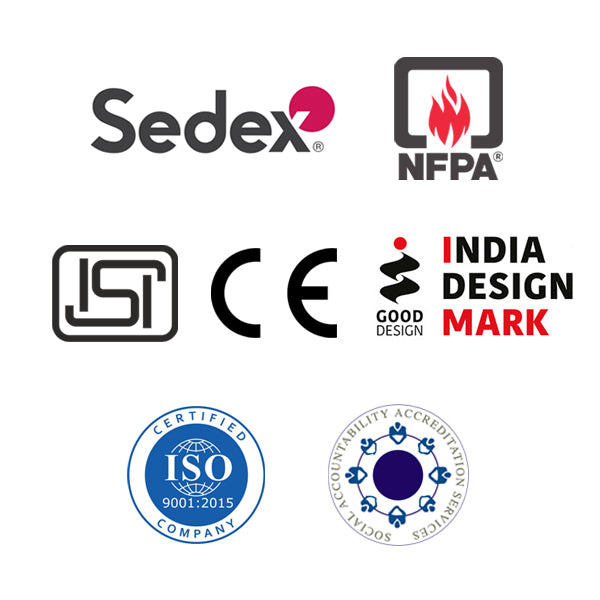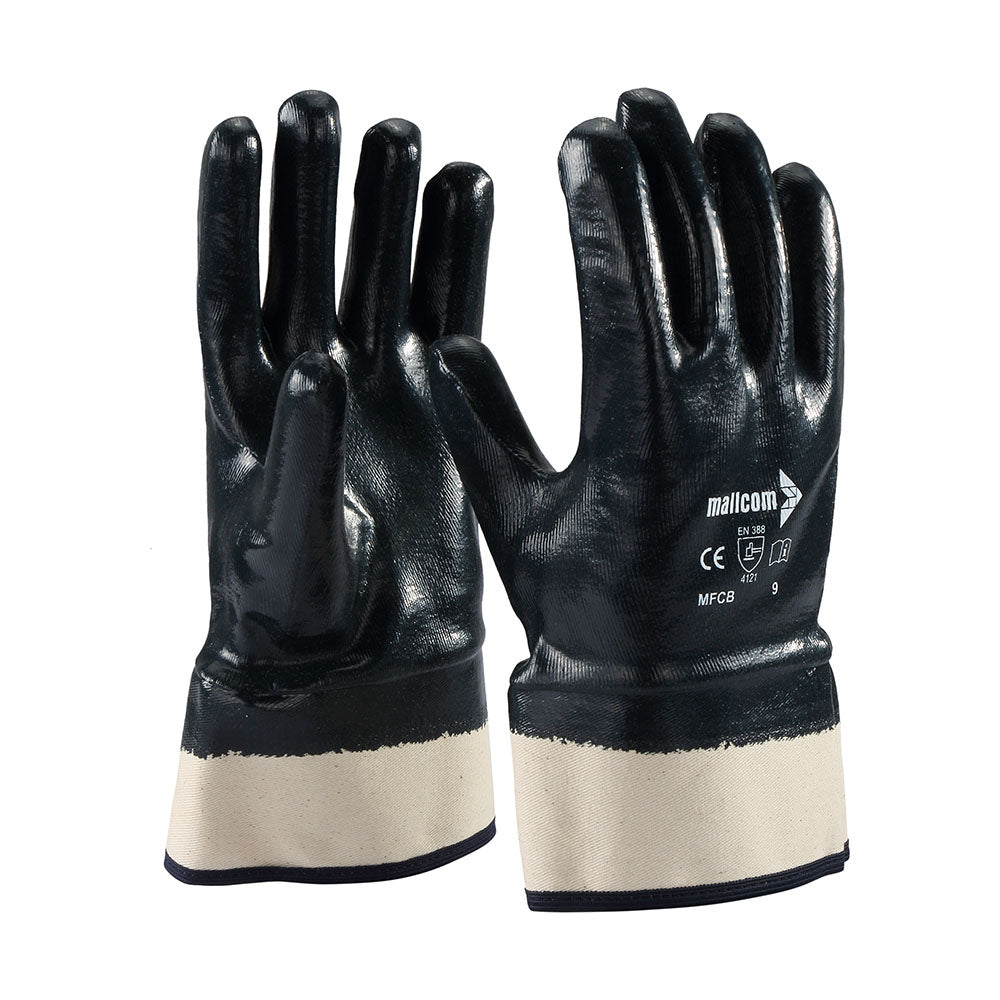MFCB
Share
Cut & Sewn nitrile gloves
- Medium-full dipped nitrile glove with safety cuff
- Nitrile dipped in 100% cotton interlock lining
- A comfortable glove with excellent dexterity, enhanced grip particularly useful in slippery and oily environments.
EN 388:2016+A1:2018
Delivery & Services

Easy Return
with our 15 days return poicy
Regular price
Rs. 0
Sale price
Rs. 0
Regular price
Tax included.
Shipping calculated at checkout.
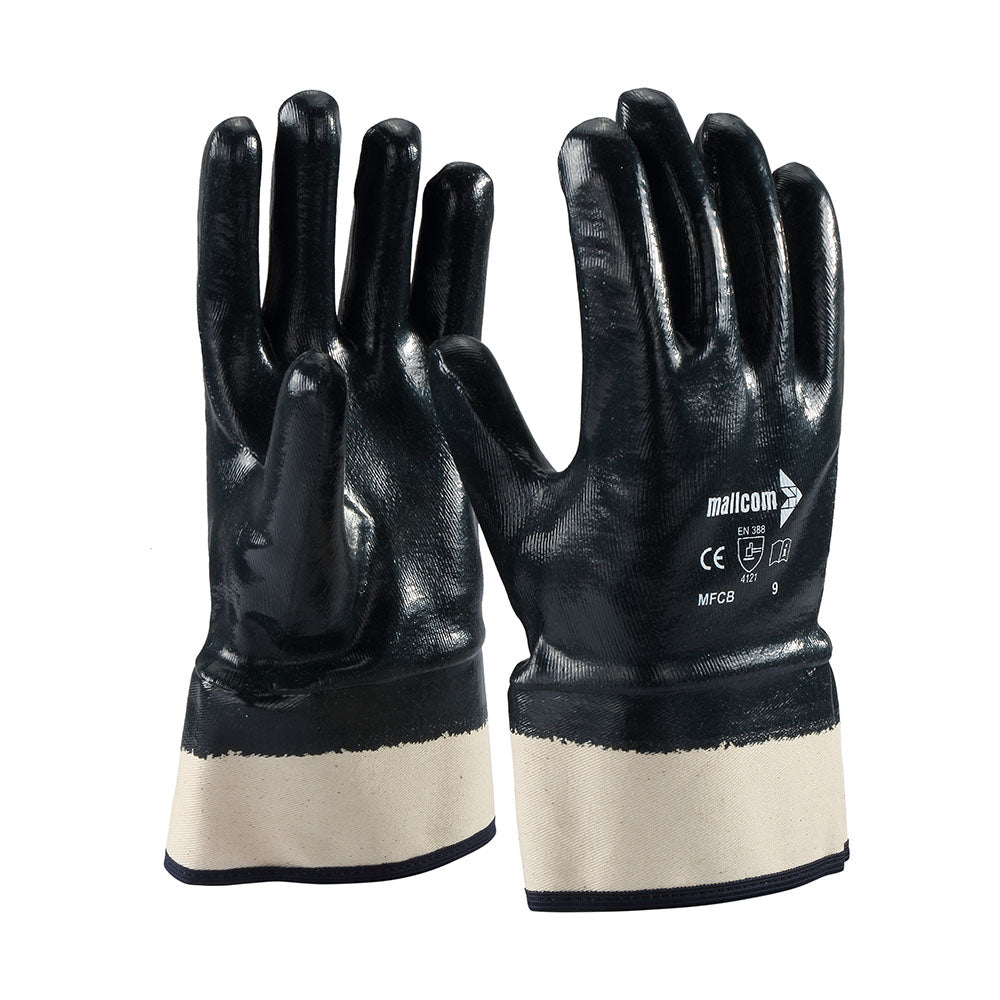
ABOUT THE DESIGN
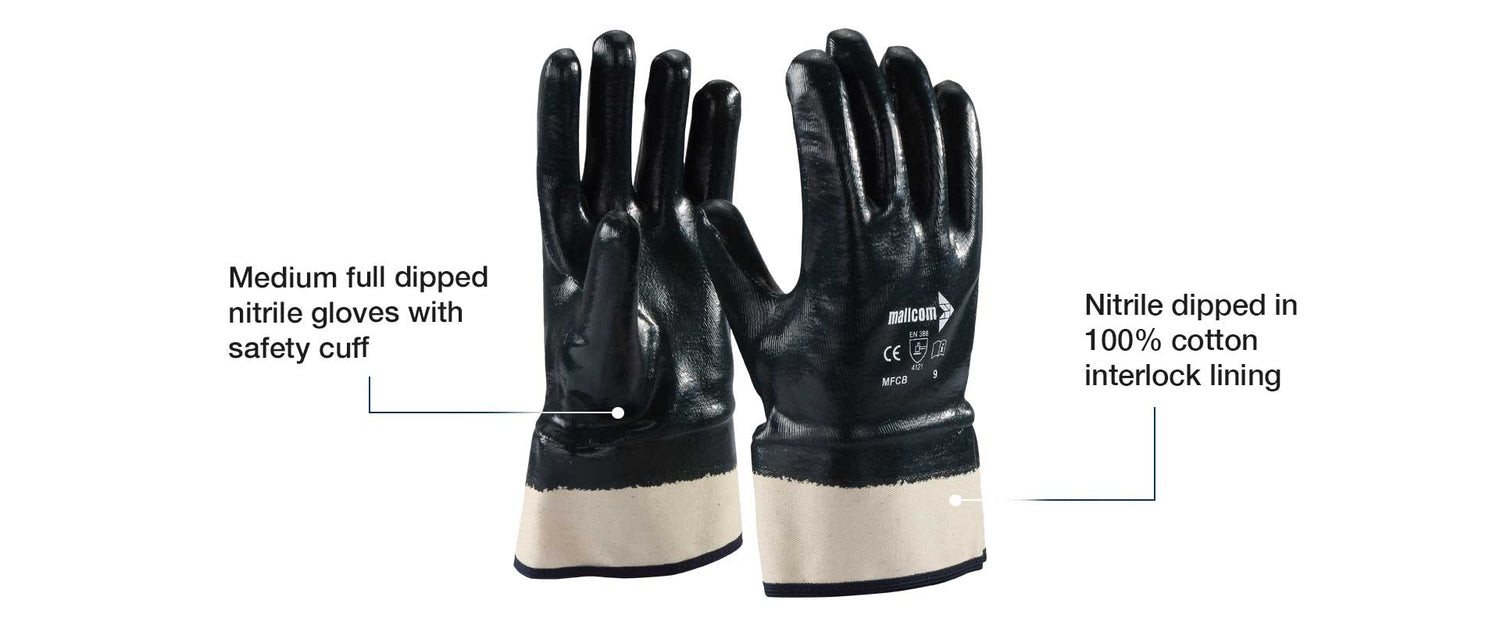
USEFUL IN THESE INDUSTRIES
Material Handling
Oil&Gas
Paint&Chemical
Petrochemical

Product Features
ABOUT THE DESIGN
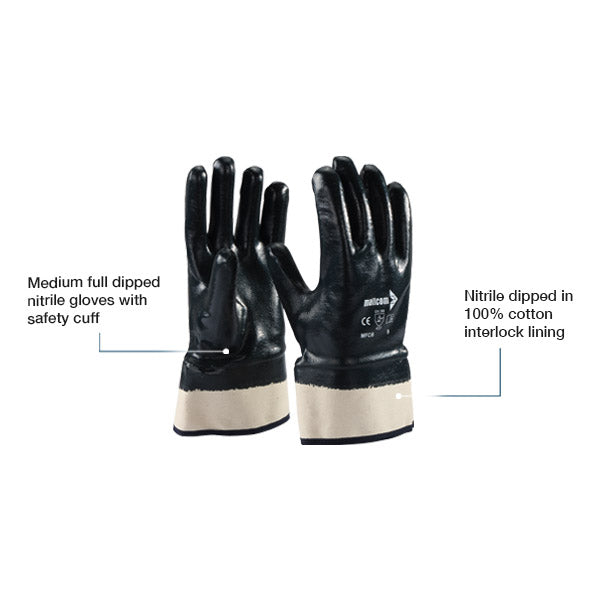
USEFUL IN THESE INDUSTRIES
Material Handling
Oil&Gas
Paint&Chemical
Petrochemical
Product Details
